| Company: | Xingtai Shanfeng special rubber products Co., Ltd |
| Location: | China - Hebei,Hetou Industrial Zone, Renze District, Xingtai City, Hebei Province |
| Price: | 1.1/PCS |
| Contact: | 刘俊英(Salesperson) |
| Contact Me: |
Mobile:+86-13290595892 |
Customized Oil Seal OEM Different Materials Rotary Shaft Oil Seals
In the world of mechanical engineering, oil seals are critical components that ensure the smooth operation of machinery by preventing leaks and contamination. Choosing the best material for custom oil seals is a complex task that involves understanding the specific needs of the application. This article delves into various materials used for oil seals, highlighting their strengths and ideal applications to help you make the best choice.
Key Considerations for Material Selection
1. Environmental Factors:
Temperature Extremes: The operating temperature is a primary factor. Materials like FKM are excellent for high-temperature applications, while NBR works well in moderate temperature ranges.
Pressure Variations: Materials must withstand the pressure conditions of the application. High-pressure scenarios might require robust materials like PTFE or HNBR.
2. Chemical Exposure:
Fluid Compatibility: The seal material must be compatible with the lubricants and fluids it will encounter. NBR is suitable for petroleum-based oils, while EPDM is better for water-based applications.
Chemical Resistance: In environments exposed to harsh chemicals, materials like PTFE or FKM offer superior resistance.
3. Mechanical Requirements:
Durability: The material's ability to resist wear and tear is crucial. HNBR and polyurethane are known for their high durability.
Flexibility: Flexibility ensures that the seal maintains contact with the sealing surfaces. Silicone rubber offers excellent flexibility across a wide temperature range.
Popular Materials for Custom Oil Seals
1. Nitrile Rubber (NBR):
Properties: Known for its good oil resistance, affordability, and versatility. NBR performs well in a temperature range of -40°C to 120°C.
Applications: Widely used in automotive, industrial machinery, and hydraulic systems.
2. Fluorocarbon Rubber (FKM):
Properties: Offers exceptional high-temperature resistance and chemical compatibility. FKM can handle temperatures up to 250°C.
Applications: Ideal for aerospace, automotive, and chemical industries.
3. Silicone Rubber:
Properties: Maintains flexibility and performance across a broad temperature range, with excellent resistance to ozone and oxidation.
Applications: Common in food processing, medical devices, and high-temperature automotive parts.
4. Polytetrafluoroethylene (PTFE):
Properties: PTFE is unmatched in chemical resistance, high-temperature tolerance, and low friction properties.
Applications: Used in chemical processing, high-temperature machinery, and pharmaceutical equipment.
5. Hydrogenated Nitrile Rubber (HNBR):
Properties: HNBR offers enhanced heat, oil, and abrasion resistance compared to standard NBR, making it suitable for demanding applications.
Applications: Often used in automotive components, oil and gas industry, and high-performance machinery.
Steps to Select the Best Material
1. Evaluate Operating Conditions:
Assess the environmental factors such as temperature, pressure, and exposure to chemicals. This evaluation helps narrow down the suitable materials.
2. Balance Cost and Performance:
While materials like FKM and PTFE offer superior performance, they are more expensive. Consider the balance between material cost and the performance benefits.
Choosing the best material for custom oil seals requires a comprehensive understanding of the operational environment, mechanical requirements, and chemical compatibility. Each material, from NBR and FKM to PTFE and HNBR, offers unique advantages that make them suitable for specific applications.

Disclaimer:All information is provided by registered users. You may assess risks based on corresponding qualifications.
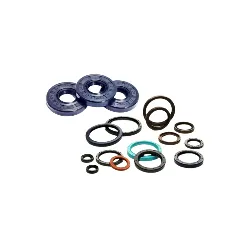 Factory Export Oil Seal PTFE FKM VMQ EPDM High Temperature Oil Seals
Factory Export Oil Seal PTFE FKM VMQ EPDM High Temperature Oil Seals
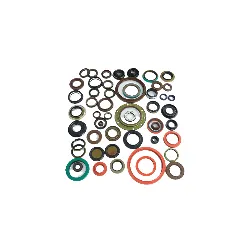 Customized Oil Seal OEM Different Materials Rotary Shaft Oil Seals
Customized Oil Seal OEM Different Materials Rotary Shaft Oil Seals
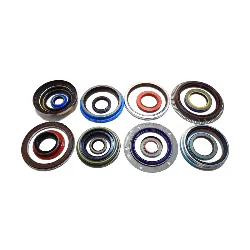 High Quality Oil Seal TC TB TCL Auto Oil Seal Manufacturer
High Quality Oil Seal TC TB TCL Auto Oil Seal Manufacturer
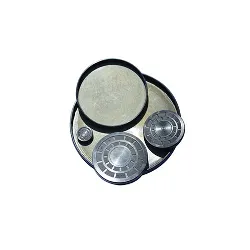 NQK SF Oil Seal Factory ISO Certificated EPDM FKM EC Covers Seals
NQK SF Oil Seal Factory ISO Certificated EPDM FKM EC Covers Seals
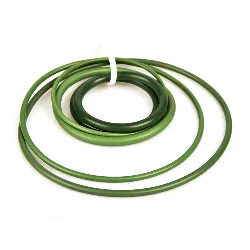 Hot Sale O Ring Seal Kinds Of Sizes All In Stock NBR FKM Silicone Rubber O-Rings
Hot Sale O Ring Seal Kinds Of Sizes All In Stock NBR FKM Silicone Rubber O-Rings
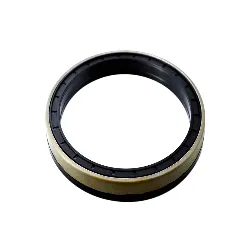 Low Price High Quality Cassette Oil Seals NBR FKM High Pressure Oil Seal
Low Price High Quality Cassette Oil Seals NBR FKM High Pressure Oil Seal
![where to buy used designer shoes]() where to buy used designer shoesLooking for the perfect pair of designer shoes to complete your outfit Look no further !" "
where to buy used designer shoesLooking for the perfect pair of designer shoes to complete your outfit Look no further !" "![second hand shoes wholesale used shoes in india]() second hand shoes wholesale used shoes in indiaAre you looking for a reliable and trusted supplier of second-hand shoes in India Look no further !" "
second hand shoes wholesale used shoes in indiaAre you looking for a reliable and trusted supplier of second-hand shoes in India Look no further !" "![Original Used Kids Shoes Used Shoes Stock Sneakers Used Branded Shoes For Kids In Dubai]() Original Used Kids Shoes Used Shoes Stock Sneakers Used Branded Shoes For Kids In DubaiLooking for affordable and high-quality kids ' shoes in Dubai Look no further !" "
Original Used Kids Shoes Used Shoes Stock Sneakers Used Branded Shoes For Kids In DubaiLooking for affordable and high-quality kids ' shoes in Dubai Look no further !" "![Branded used、sneakers, basketball shoes, second-hand shoes, branded sneakers]() Branded used、sneakers, basketball shoes, second-hand shoes, branded sneakersIntroducing our latest promotion on used branded sneakers and used second hand basketball shoes !" "
Branded used、sneakers, basketball shoes, second-hand shoes, branded sneakersIntroducing our latest promotion on used branded sneakers and used second hand basketball shoes !" "




